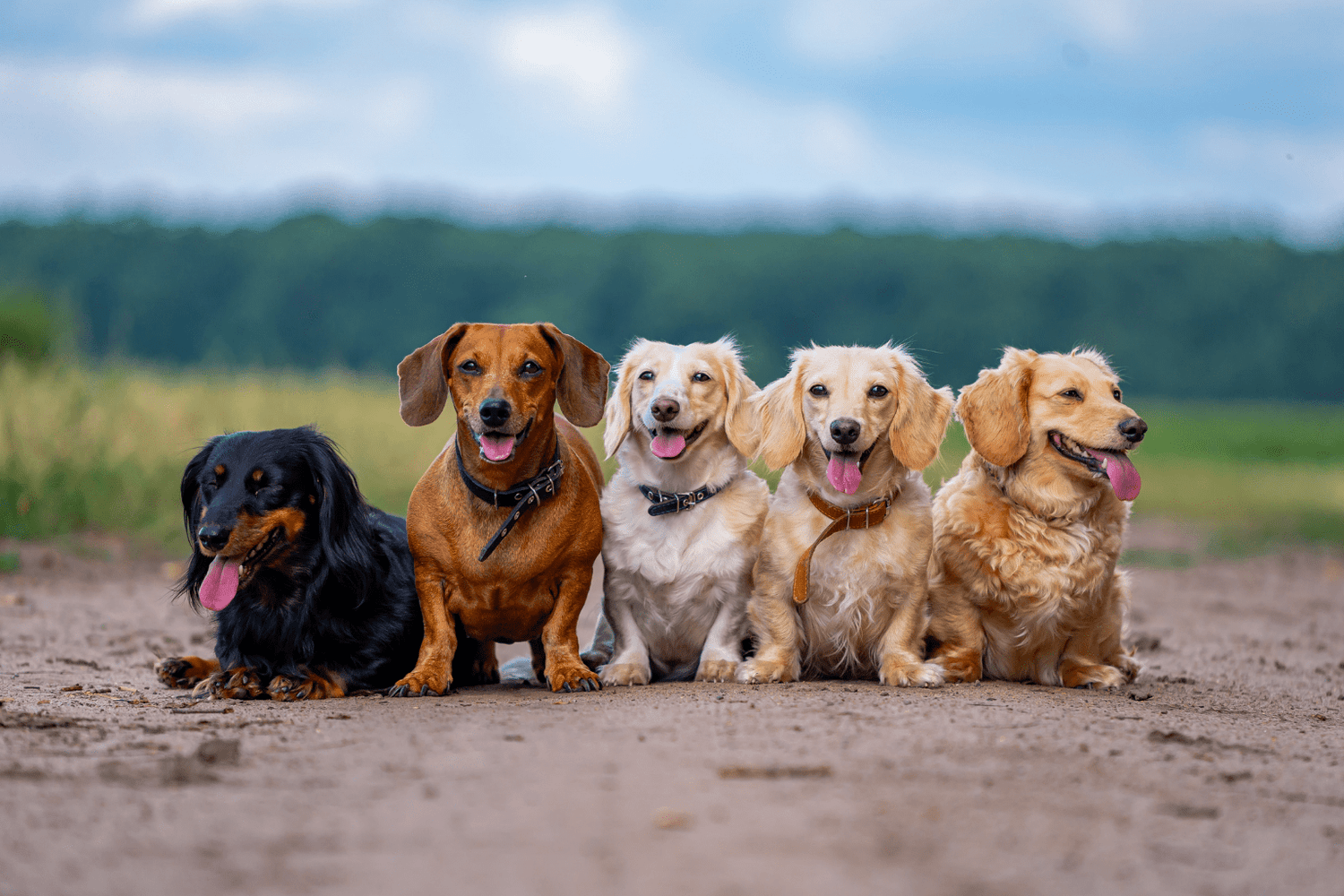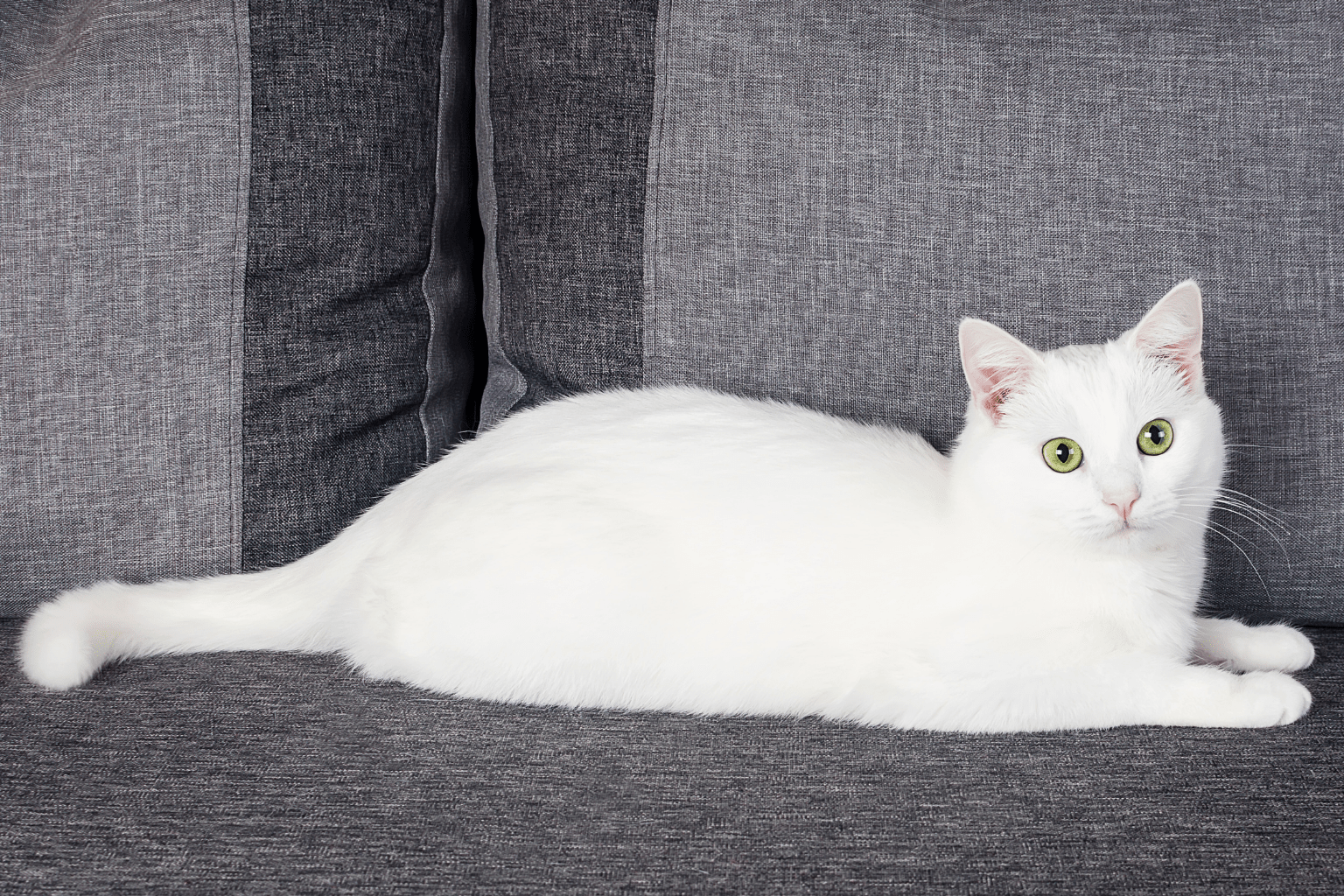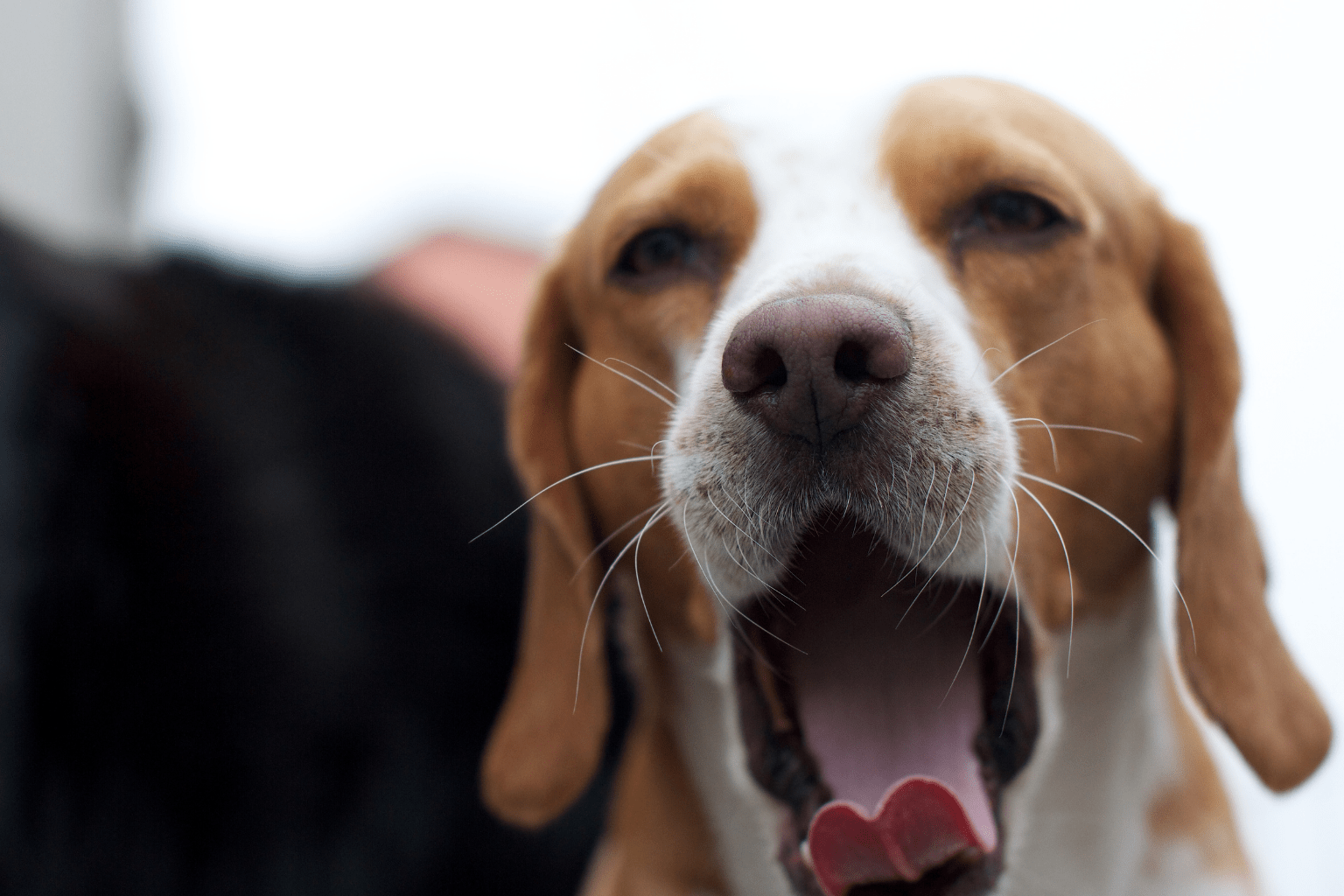Key Takeaways
- A dog's coat color is influenced by genetics, nutrition, and age.
- Different breeds display unique and striking color patterns, such as the merle pattern in Border Collies.
- Understanding dog colors enhances appreciation for the diversity and complexity of their coats.
- Coat color can vary even within the same breed, as seen in variations like darker shades in Golden Retriever puppies.
Table of Contents
- What Makes a Dog's Colour? The Science & Wonder of Canine Coats
- Meet the Rainbow: Types & Patterns of Dog Colours
- Genetics 101: Why Your Dog Looks the Way They Do
- More Than Surface Deep: How Age, Nutrition, and Life Impact Dog Colours
- Coat Types & Grooming: Texture, Shedding, and the "Hypoallergenic" Question
- Breeds & Their Signature Looks: The World's Most Popular and Unique Dog Colours
- Dog Colour Problems: Fading, Dilution, and Surprising Changes
Dog Colours, The Complete Guide for Pet Parents Who Cherish Every Shade
Your pup's coat tells a story written in genetics, nutrition, and time. Whether you're marveling at your Border Collie's striking merle pattern or wondering why your Golden Retriever puppy is darker than expected, understanding dog colours helps you appreciate the beautiful complexity behind every shade, spot, and stripe.
From the science of pigmentation to practical grooming tips, this guide explores how genetics, age, and holistic care shape the vibrant palette we see in our beloved companions. Because every dog deserves to shine in their natural glory.
For pet parents seeking to support their dog's overall health and maintain vibrant coat colours, over-the-counter natural treatments for life-long support of dogs & cats general health can be a valuable addition to your routine.
What Makes a Dog's Colour? The Science & Wonder of Canine Coats
A dog's colour isn't just their fur, it's the complete package of coat, eyes, nose leather, and paw pads, each potentially displaying different hues. This remarkable variety stems from just two main pigments working in countless combinations.
Eumelanin creates black and brown tones, while phaeomelanin produces reds and yellows. Think of these as nature's paint tubes, with genetics acting as the artist's brush, determining where, when, and how intensely each pigment appears.
Puppy Colour Timeline: Most puppies reach their adult coat colour by 12-18 months, though some breeds continue changing until age 2-3 years.
Evolution gifted domestic dogs this incredible spectrum through selective breeding from wolves, whose limited grey-brown palette expanded into today's rainbow of possibilities. Unlike their wild ancestors, our companions showcase colours that reflect thousands of years of human partnership and careful breeding.
Meet the Rainbow: Types & Patterns of Dog Colours

The world of dog colours spans far beyond basic black and brown. Solid colours include black, chocolate, blue (diluted black), red, gold, cream, white, and fawn, while patterns add another layer of complexity.
Pattern recognition made simple: Merle creates marbled effects with lighter patches, brindle shows tiger-like stripes, and sable displays darker-tipped hairs over lighter bases. Ticking appears as small spots throughout the coat, while roan creates a fine mixture of colored and white hairs.
To identify your dog's true colours, examine their coat in natural sunlight, checking the underbelly and inner legs where base colours show most clearly. Many dogs carry "hidden" patterns that only become visible as their adult coat develops, like German Shepherds whose puppy fuzziness gives way to rich sable markings.
| Colour/Pattern | Description | Common Breeds |
|---|---|---|
| Merle | Marbled patches of diluted colour | Australian Shepherds, Border Collies |
| Brindle | Dark stripes over lighter base | Boxers, French Bulldogs |
| Sable | Dark-tipped hairs over lighter base | German Shepherds, Collies |
| Ticking | Small spots throughout white areas | English Setters, Pointers |
If you're interested in learning more about different breeds and their unique characteristics, you might enjoy reading about the top 10 large dog breeds.
Genetics 101: Why Your Dog Looks the Way They Do
Canine colour genetics operates through specific gene locations called loci, each controlling different aspects of pigmentation. The E locus acts like a master switch, if it's "off," no dark pigment can be produced, resulting in yellow or red dogs regardless of other genetic instructions.
The K locus determines whether a dog can express patterns like brindle, while the D locus controls dilution, turning black into blue and brown into isabella. These genes follow dominant and recessive patterns, meaning two black dogs can absolutely produce brown puppies if both carry the recessive brown gene.
Responsible breeders test for colour-linked health conditions, particularly in breeds where certain colours associate with increased health risks. Double merle breeding, for instance, can cause vision and hearing problems, which is why ethical breeding prioritizes health over trendy colours.
Breeding Reality: Colour inheritance follows predictable patterns, but surprises happen. A basic understanding of dominant versus recessive traits helps explain why littermates can look completely different.
For a deeper dive into the science behind canine coat color, check out this comprehensive resource on the genetics of dog coat color.
More Than Surface Deep: How Age, Nutrition, and Life Impact Dog Colours
Your dog's colour journey doesn't end with genetics. Puppies often darken or lighten significantly as they mature, with breeds like Poodles and Yorkshire Terriers famous for dramatic colour transformations. Senior dogs typically develop grey around their muzzles and eyebrows, just like humans.
Environmental factors play surprising roles too. Sun exposure can fade dark coats, while seasonal changes affect undercoat density and appearance. Some dogs grow darker winter coats and lighter summer ones, adapting to temperature and daylight changes.
Nutrition profoundly impacts coat vibrancy and health. Whole-food diets rich in quality proteins support natural pigmentation, while gentle homeopathic remedies can help maintain that lustrous shine without harsh chemicals. Three daily nutrition tips make a real difference: rotate high-quality protein sources (fish, poultry, lamb), consider gentle homeopathic support for overall coat health, and maintain consistent grooming routines that preserve natural oils rather than stripping them away.
When coat colors fade or change unexpectedly, common culprits include excessive sun exposure, nutritional gaps, or underlying health shifts. Our Healthy Skin & Coat + Fur Regrowth remedy supports your dog's natural healing processes, helping maintain vibrant coats from the inside out. Always consult your veterinarian if color changes appear sudden or are accompanied by other symptoms.
Coat Types & Grooming: Texture, Shedding, and the "Hypoallergenic" Question

Understanding your dog's coat type transforms grooming from guesswork into targeted care. Double coats feature dense undercoat beneath longer guard hairs, think Golden Retrievers and German Shepherds. You'll feel the soft, fluffy layer when you part the fur. Single coats lack this undercoat and include breeds like Poodles and Maltese, feeling uniform throughout.
The "fur versus hair" debate often confuses pet parents, but both are technically hair with different growth patterns. Dogs with "hair" (Poodles, Yorkshire Terriers) shed minimally but require regular trimming, while "fur" breeds (Labradors, Beagles) shed seasonally but self-maintain length.
Shedding Reality Check
- Heavy shedders: Double-coated breeds shed year-round, with intense seasonal "blowouts"
- Moderate shedders: Single coats release hair gradually throughout the year
- Minimal shedders: Hair-type coats trap loose strands until brushed out
Managing shedding successfully requires the right tools and timing. Use undercoat rakes for double coats during shedding season, slicker brushes for daily maintenance, and pin brushes for finishing touches. Bathe double-coated dogs every 6-8 weeks (more frequent washing can irritate skin), while single coats typically need monthly baths.
"Hypoallergenic" remains marketing language rather than scientific fact, no dog is 100% allergen-free. However, breeds with predictable, minimal shedding (Poodles, Portuguese Water Dogs, Xoloitzcuintlis) do produce fewer airborne allergens. The key lies in consistent grooming and air filtration rather than breed selection alone.
If your dog is experiencing red or irritated eyes along with coat changes, you may want to learn more about dog red eyes and how to address them.
Breeds & Their Signature Looks: The World's Most Popular and Unique Dog Colours
Certain breeds have become synonymous with spectacular dog colours that capture hearts worldwide. Dalmatians showcase nature's polka-dot artistry with their distinctive black or liver spots on white coats, while Australian Shepherds mesmerize with blue merle patterns that swirl like watercolor paintings.
Dobermans exemplify classic elegance in their black-and-tan combinations, and Shiba Inus display the refined "urajiro" pattern, cream-to-white markings on chest, belly, and face that create perfect contrast against red, sesame, or black coats. These signature looks often define breed standards and influence adoption preferences.
| Breed | Signature Colors | Rarity Level | Grooming Needs |
|---|---|---|---|
| Weimaraner | Silver-gray "ghost" coat | Moderate | Low - weekly brushing |
| Australian Cattle Dog | Blue speckled, red speckled | Common | Moderate - bi-weekly |
| Pharaoh Hound | Rich tan with white markings | Rare | Low - minimal shedding |
| Bernese Mountain Dog | Tricolor: black, rust, white | Common | High - daily brushing |
Our BestLife4Pets community celebrates every shade through customer photo submissions that showcase rescue transformations and purebred classics alike. From Isabella Dobermans (rare dilute brown) to panda German Shepherds (white markings resembling panda bears), each coat tells a unique genetic story.
Regional preferences reveal fascinating patterns, European families often favor solid colors and classic patterns, while North American pet parents embrace unique markings and rare color combinations. Regardless of preference, our gentle homeopathic remedies support coat health across all colors and patterns, helping maintain natural vibrancy without harsh chemical interventions.
For more insight into how to keep your dog calm and comfortable during grooming or stressful situations, check out these tips on how to calm down a stressed dog.
Dog Colour Problems: Fading, Dilution, and Surprising Changes
Color dilution alopecia affects certain breeds carrying dilute genes (blue, fawn, silver), causing hair thinning and skin sensitivity. Dobermans, Great Danes, and Weimaraners with dilute coats may develop patchy hair loss, particularly along the back and sides. While genetic, proper nutrition and gentle care can minimize symptoms.
Sun exposure remains the most common culprit behind fading dog colours, especially in black and chocolate coats that can develop reddish or bronze tints. "Snow nose" affects breeds like Huskies and Golden Retrievers, where black noses fade to brown or pink during winter months, then darken again in summer.
Our Dog Allergy Relief & Immune Support and Healthy Skin & Coat + Fur Regrowth remedies help support dogs experiencing coat changes by addressing underlying imbalances gently and naturally. These homeopathic formulas work with your dog's body to encourage healthy skin and coat from within.
To explore the ancient origins of dog coat patterns and their fascinating evolution, read this in-depth article on the ancient origin of dog coat patterns.
Not a substitute for professional veterinary advice.
Frequently Asked Questions
How do genetics influence the variety of colors and patterns seen in different dog breeds?
Genetics act like nature’s artist, using combinations of genes to create unique colors and patterns in each breed. These genes control where pigments appear and how intense they are, resulting in everything from solid coats to striking patterns like merle or brindle.
Why do some puppies, like Golden Retrievers, have darker coats that change as they mature?
Puppies often start with darker or different shades that gradually lighten or shift as their adult coat grows in. This change happens because pigment production and hair texture evolve over time, usually settling by 12 to 18 months of age.
What are the main types of pigments responsible for a dog's coat color, and how do they work?
Two main pigments shape a dog’s coat: eumelanin, which creates black and brown tones, and phaeomelanin, which produces reds and yellows. Genetics determine how these pigments mix and where they appear, painting the wide range of colors we see in dogs.
How can factors like age, nutrition, and grooming affect the appearance and health of a dog's coat color?
As dogs age, their coat color can fade or change naturally. Good nutrition supports healthy pigment production and a shiny coat, while regular grooming helps maintain texture and prevents dullness, keeping your dog’s colors vibrant and their coat comfortable.



